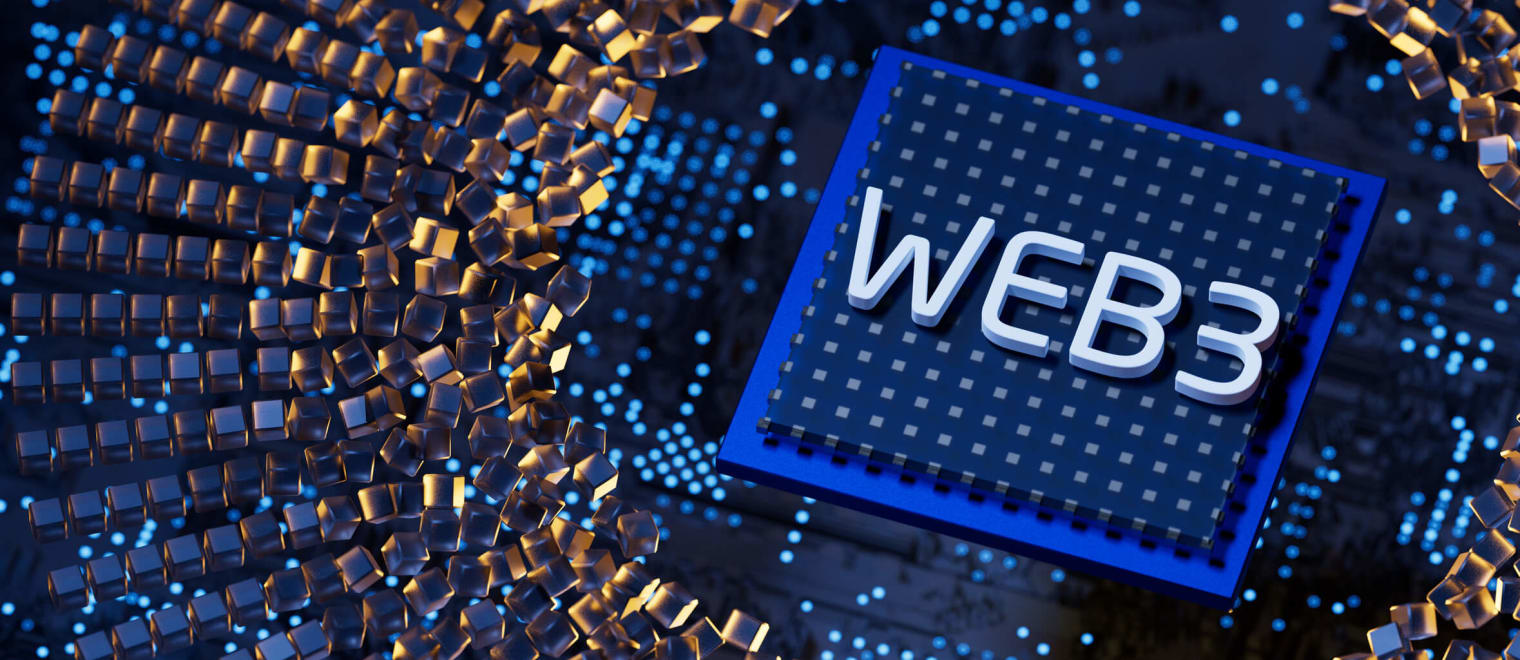This informal CPD article Web 3.0: Characteristics and Benefits was provided by The Tesseract Academy, offering consultancy services to help your company become data driven, whether you are an entrepreneur, a start-up or a corporate.
In order to accomplish communication amongst real-world humans, the most recent iteration of the internet, known as Web 3.0, makes use of machine learning, artificial intelligence, and blockchain technology. What Web 3.0 brings is that it will make it possible for people to not only keep ownership of their data but also get payment for the amount of time they spend using the Internet. The use of the semantic web is predicated on the premise that it comprehends and interprets the context as well as the concept of the material. Therefore, whenever an end-user does a search for an answer, web 3.0 provides the end-user with the result that is the most accurate and relevant.
Characteristics of Web 3.0
1. Open
It is open in the sagacity that it was built using open-source software, which was done so by a community of developers who were accessible to the public and who carried out their work in plain view of the general public.
2. Trustless
The phrase "trustless data" refers to the fact that users of the network have the ability to connect in both public and private settings without an intermediary who may potentially put them in danger.
3. Permissionless
Participation is open to anybody, including users and suppliers, and does not need authorization from any entity that exercises control.
4. Ubiquitous
The Internet will be accessible to each of us, whenever we choose, and no matter where we are. Web 3.0 will make this possible. In web 2.0, the only devices that can connect to the internet are desktop computers and mobile phones. However, this will change at some time in the future. The Internet of Things (IoT) will make it possible for technology to facilitate the creation of a wide variety of innovative sorts of intelligent devices.
Benefits of Web 3.0
There are some of the benefits of web 3.0 that are discussed below.
1. Data ownership
Technology giants have, over the course of many years, controlled and profited from the data provided by users. Using the Web 3.0 capabilities afforded by the blockchain, end users may claim complete ownership of the data. The information that is sent via the network is encoded. Users have the ability to decide what information, if any, they wish to make available to businesses and advertising firms in exchange for financial compensation.
2. Antitrust Measures, as well as Data Protection
Protection models for professionals and data are included among the elements of Web 3.0. It advocates operating systems that are not centralized and that maintain ownership over the data of their users. When it comes to decentralization and privacy, we are likely to see a change in the forefront. Users now have choice over how their data is seen, which means that data breach situations will be far less common than they were in the past. This marks the end of the monopoly that technology giants had over users' data.
3. Simple Access to the Required Information
The most substantial benefit of Web 3.0 is the capacity to access data from any location. This is primarily made possible by the broad use of cloud apps and smartphones. The goal is to provide the user with as much information as is practically feasible, regardless of where they are located in the globe. The purpose of this technology is to broaden the application of the idea by making it possible for gadgets to gather user data and for smartphones to access data stored on a computer.
4. Service that is Effortless
There has been a considerable decrease in the number of accounts that have been suspended and distribution services that have been rejected. The level of certainty is low since there is no specific point of breakdown that has been specified. Redundancy is provided for the data by storing it across numerous nodes, and repeated backups safeguard against the loss of data or the compromise of the server.
5. Blockchain that does not need permission
Web 3.0 does not need any kind of centralized authority. By generating an address, anybody is able to join the network and take part in its activities. Because of this, it is no longer possible to exclude people on the basis of their gender, income, orientation, geographic area, or any other social characteristic. Additionally, it makes it possible to move digital assets and physical assets across international boundaries in a timely manner and at a low cost.
Overall, it looks like Web 3.0 is the next generation of the internet. Web 3.0 is not just about the web, it’s about all the applications that are available in this new era of computing and communications. The benefits of Web 3.0 are endless but one thing is for sure - businesses will be able to benefit from this new era of computing and communications in ways that we can't even imagine right now.
We hope this article was helpful. For more information from The Tesseract Academy, please visit their CPD Member Directory page. Alternatively please visit the CPD Industry Hubs for more CPD articles, courses and events relevant to your Continuing Professional Development requirements.












